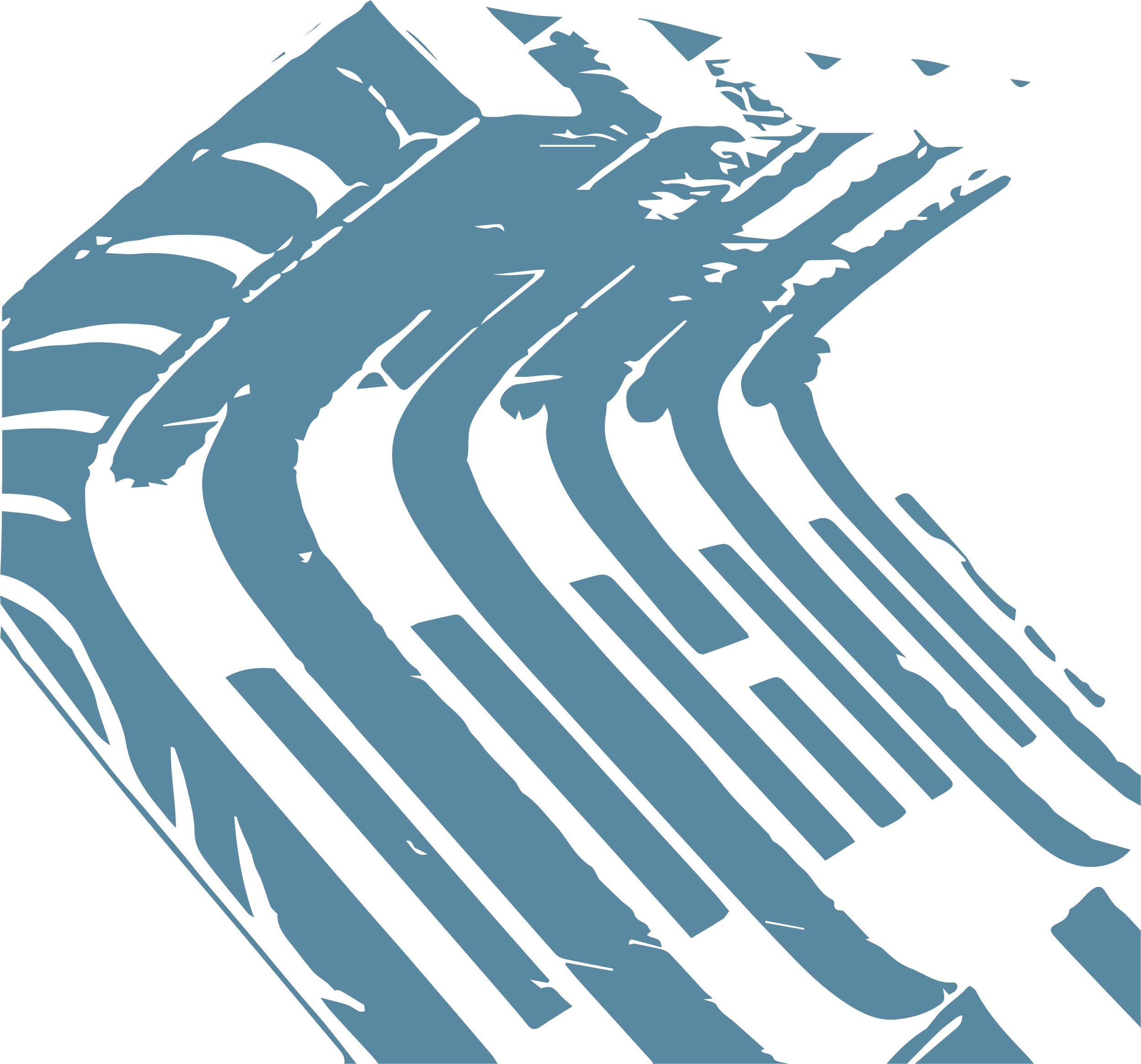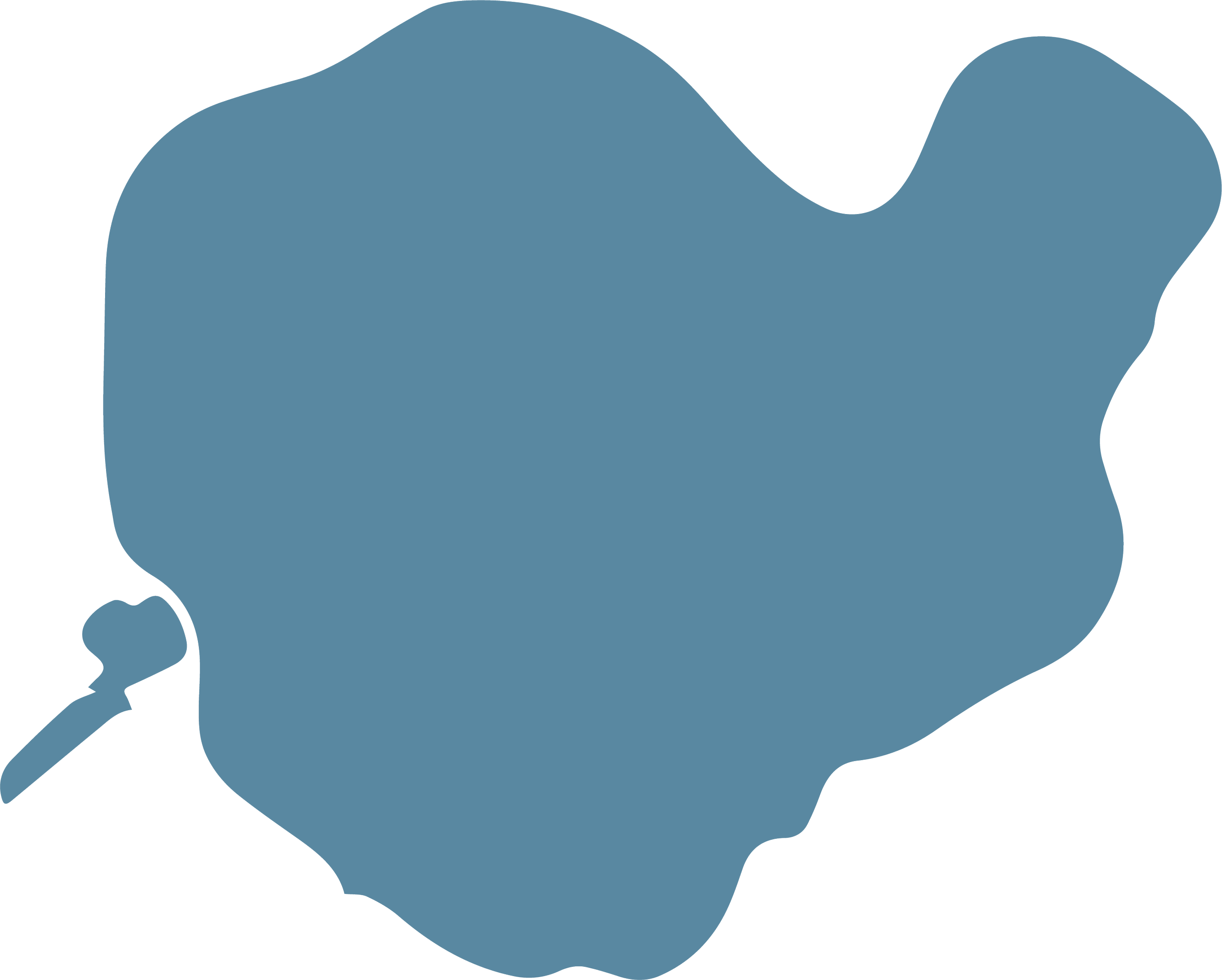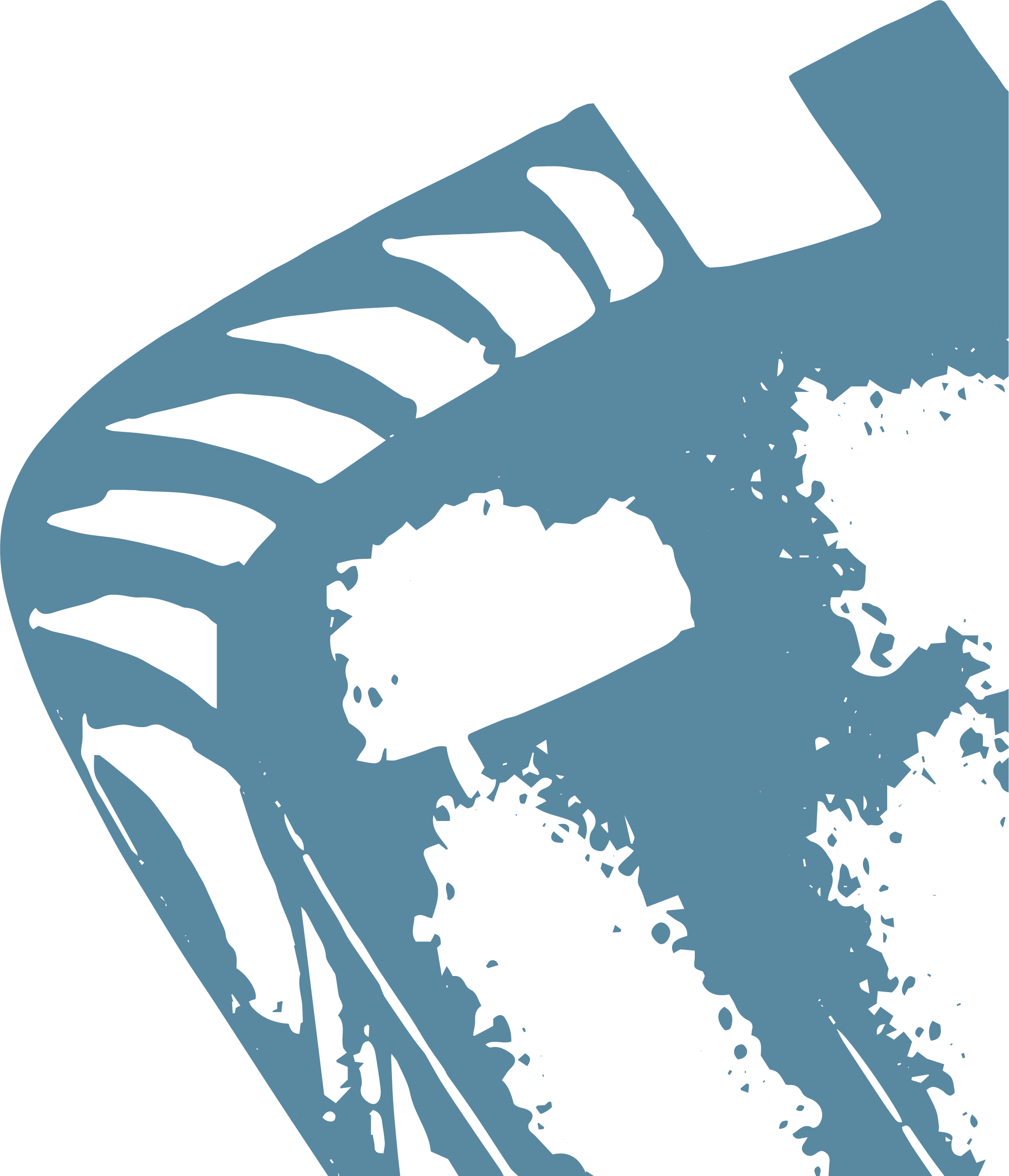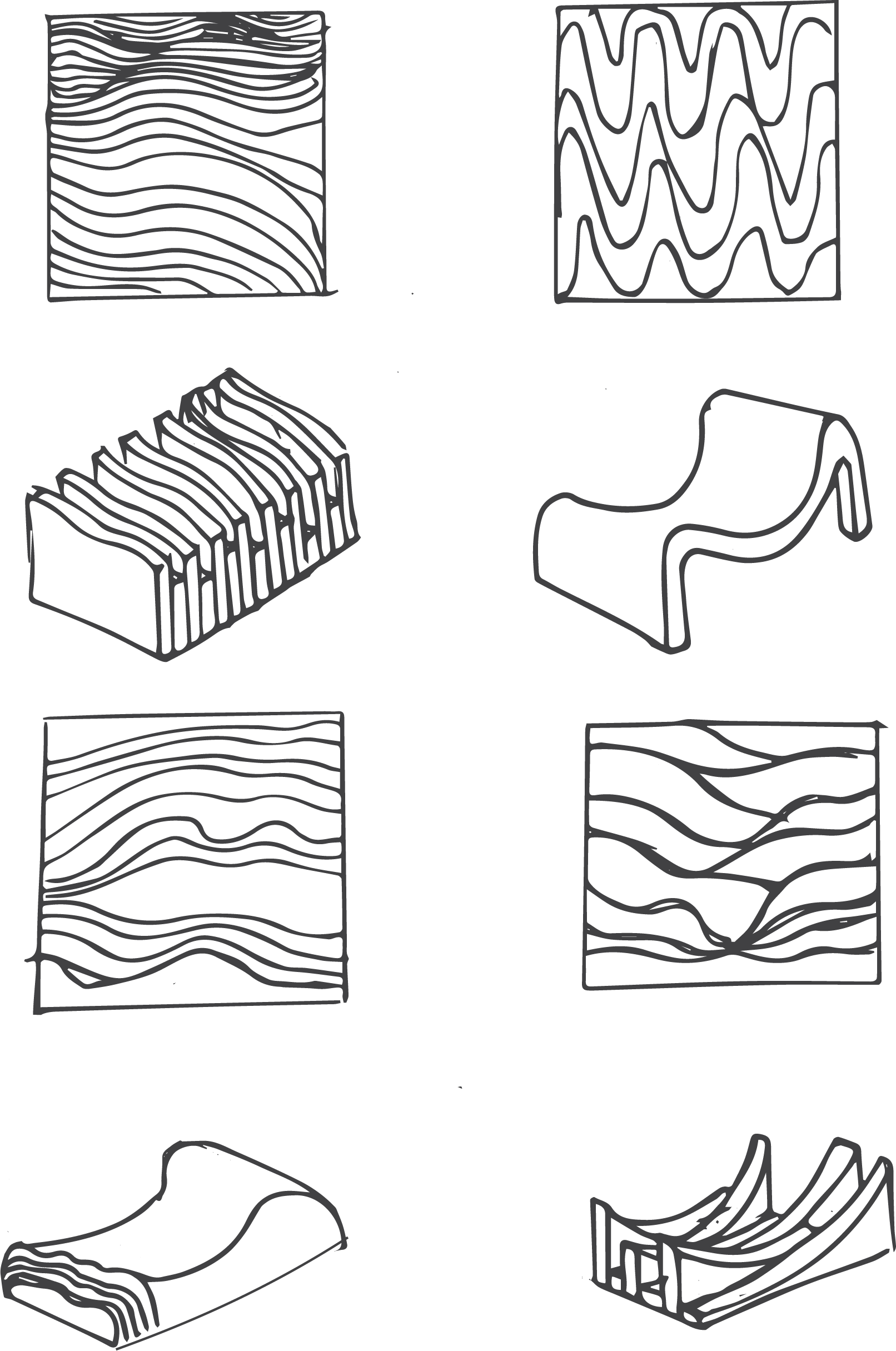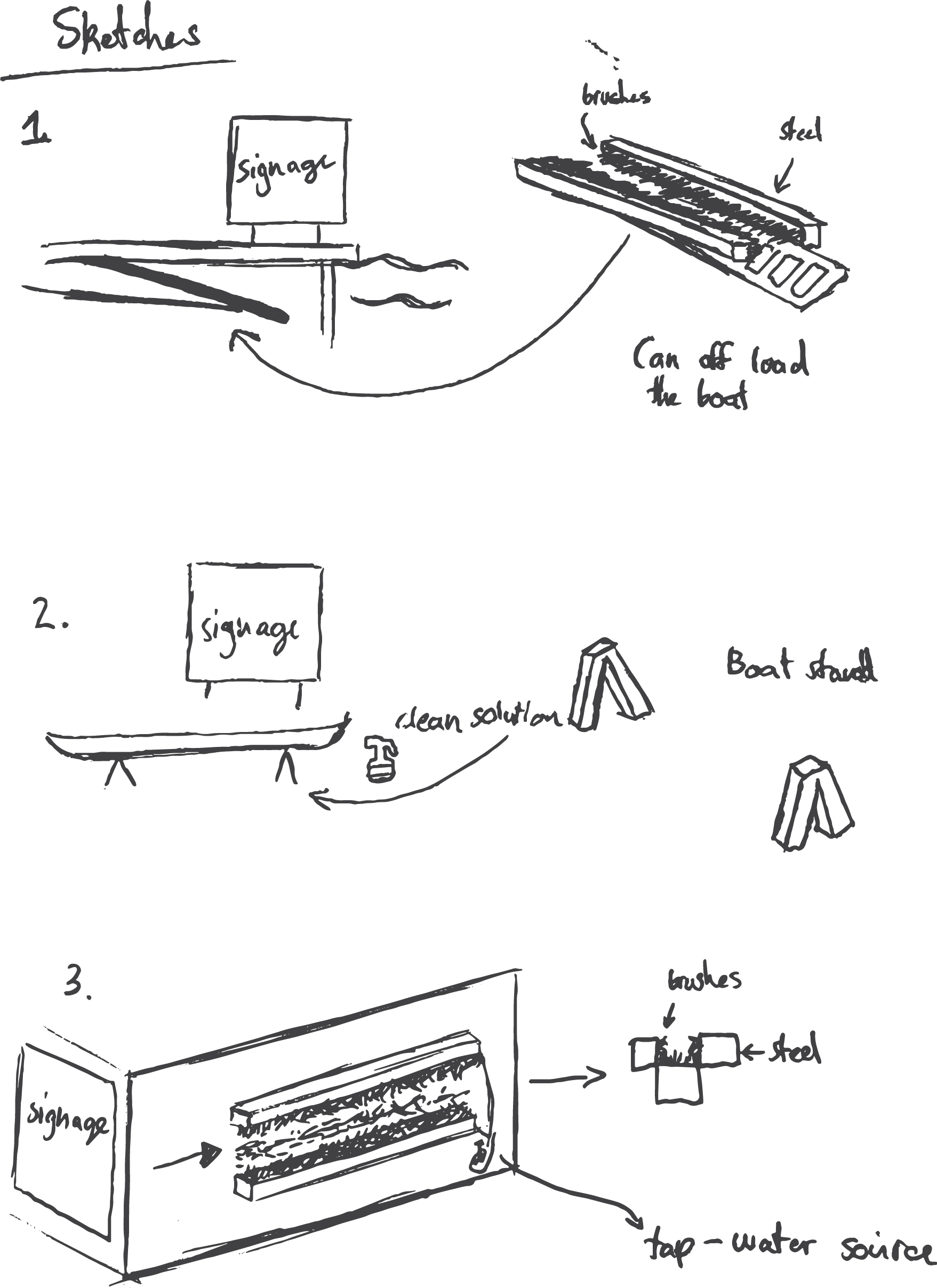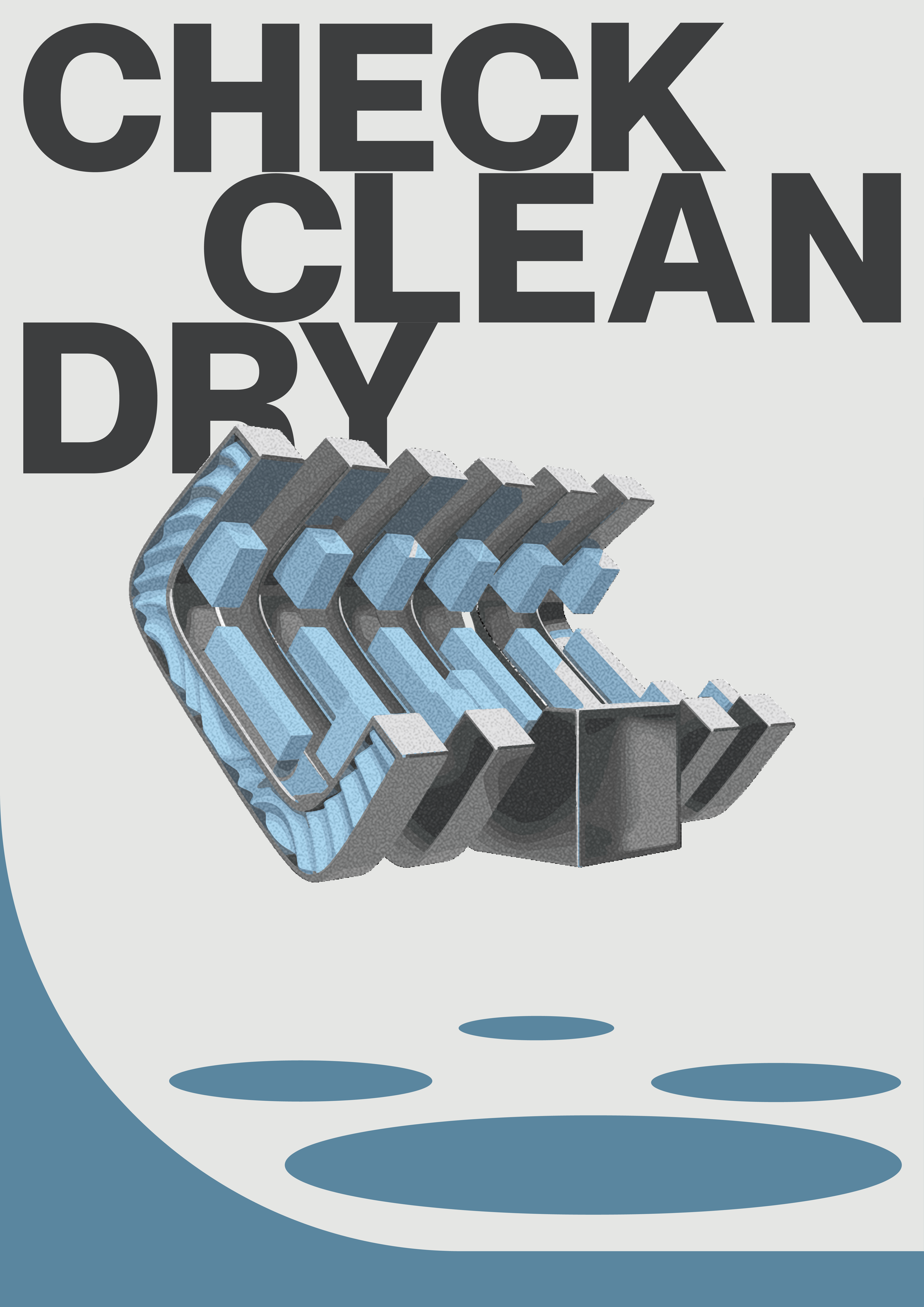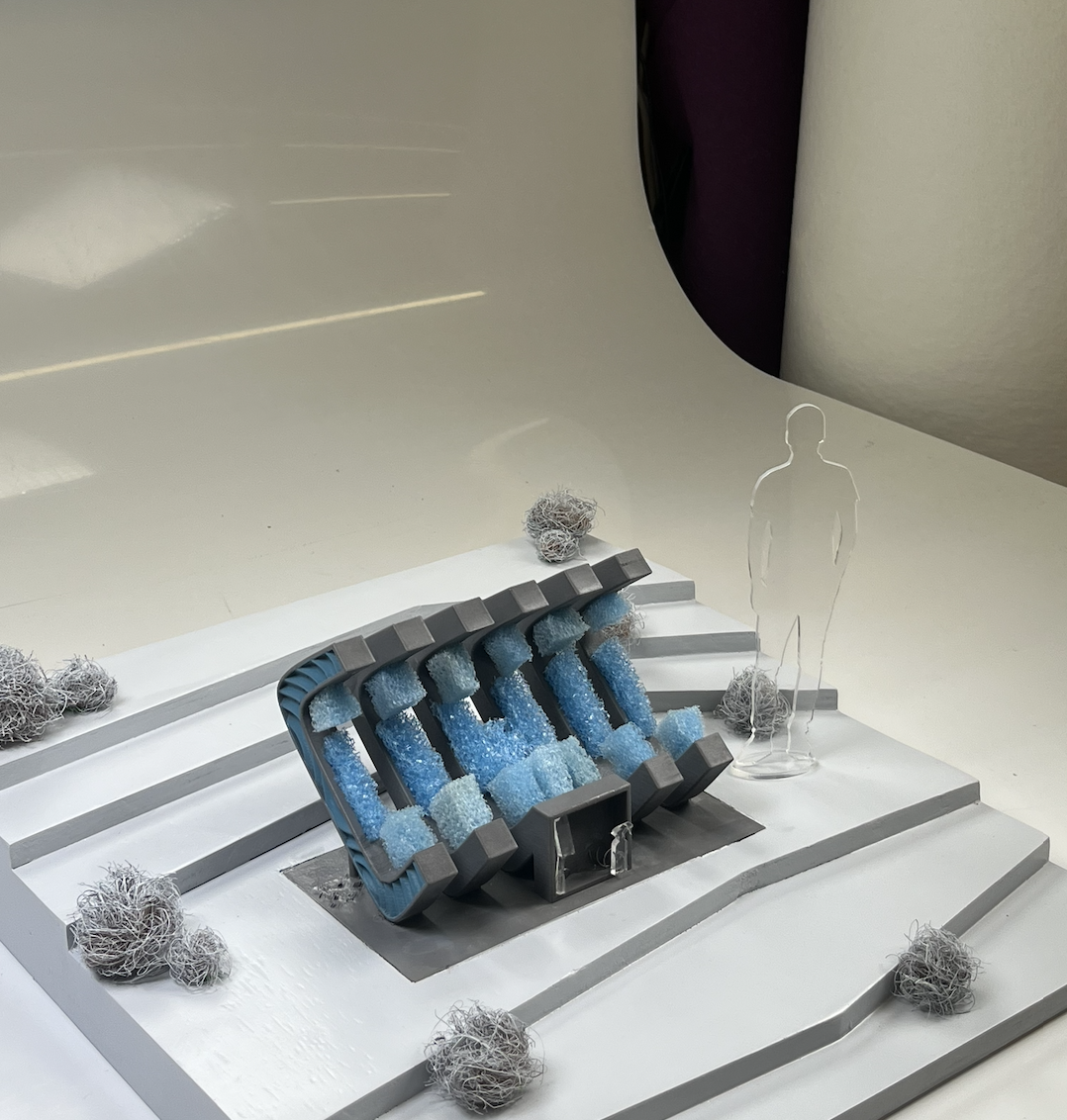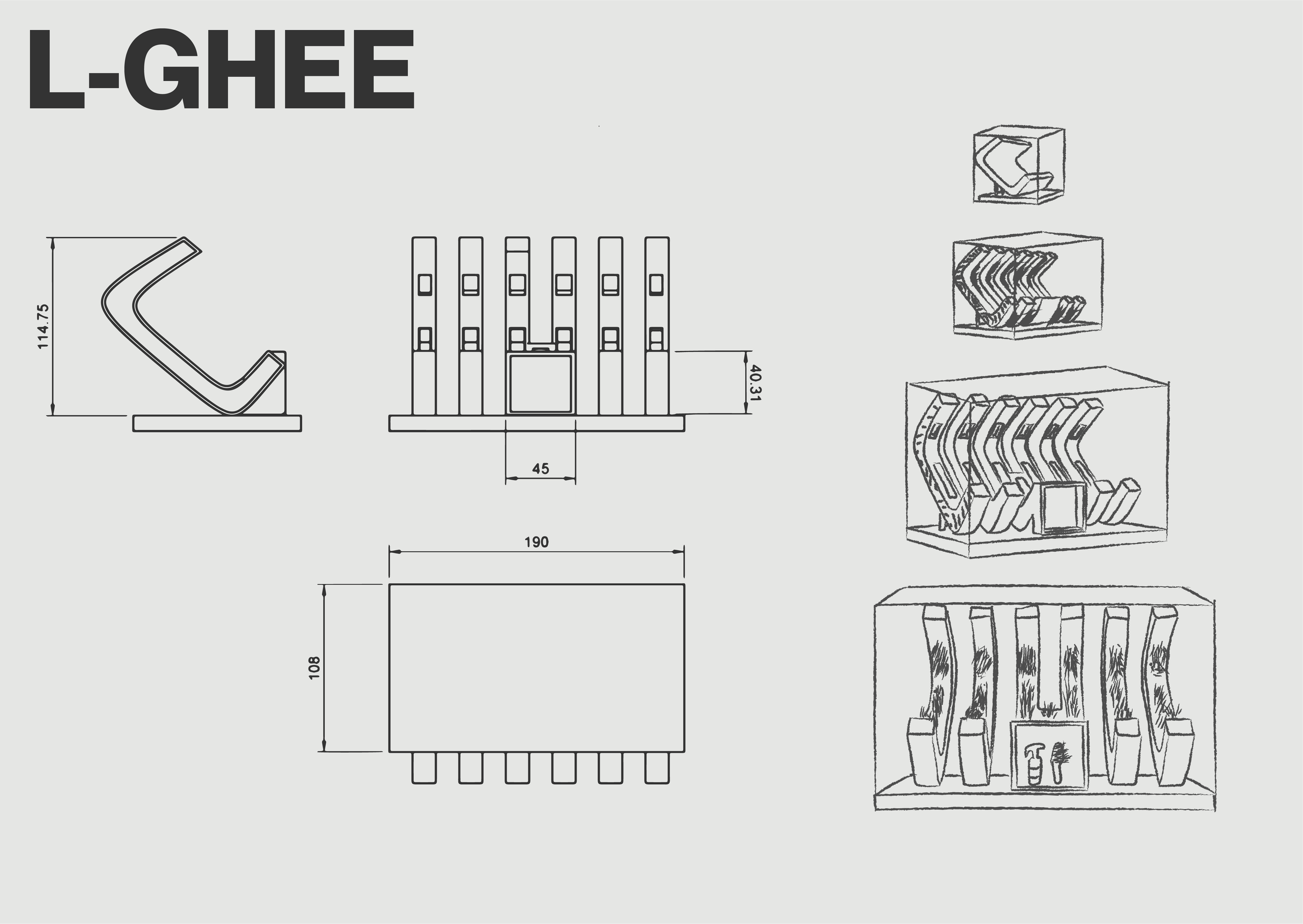L-GHEE
Industrial Design
CAD
Fusion 360
Year
2023
Framework
The project explored the area of with investigating water species as I wanted to know their behaviour and how they affect our fresh water. I investigated around lakes as my urban space. I choose Lake Pupuke as I live around that area and there a huge community around sports, fishing and walking.
The problem that I investigated was Algae (didymo) as they were the most common invasive species when I was doing research. Since urban development has surrounded lake Pupuke, algae have always been present in Lake Pupuke. Auckland council has measured the composition of native and invasive plants growing in Lake Pupuke and only 17.6% of species in lake Pupuke are native, the ecological condition has decreased by 12% in the last 10 years.
Objective
My main goal was focusing on promoting people about their contribution to the spread of algae freshwater systems. Auckland's water quality is affected by human activities, both intentional and unintentional, such as water-based recreation and transportation.
Increasing public awareness and improve management practices to reduce the spread of algae. My research also dives into the damage caused by water pests on Auckland's freshwater ecosystems and water quality. By understanding their behaviour and life cycles, I hope to develop effective strategies for control and management.
This knowledge will contribute to conservation efforts and better freshwater ecosystem health. My project seeks to design solutions to minimise human interaction with water pests, including improved biosecurity, innovative approaches and recreational activities. The research will inform decision-makers, aiding in the development of efficient management strategies and policies to protect Auckland's freshwater ecosystems and resources.
Lake Rototoa
Auckland Council did research, surveys and testing out the impact of water pest in lake Rototoa, Over 80% of people are unaware of fresh water species.
The lake Rototoa community designing the kayak pest checking station was limited by a lack of industrial design expertise in the project team. This created a design opportunity for me to create a dedicated space in which kayakers could place and check their kayaks for pests whilst providing the tools to remove pests, and a rubbish bin for disposal
“how might we create a system for the community in Lake Pupuke to be more biologically safe through the COMMUNITY and respect and share the lake with other species in a mutually beneficial relationship?”
Check Clean Dry
When humans go in the lake with gear, they provide a cleaning station to clean your gear, they promote 'Check, Clean, Dry' method to make sure you reduce the chances of spreading fresh- water pests
Most freshwater pests are spread from one site to another by humans, either accidentally (e.g., as a contaminant on gear such as boats or fishing nets) or deliberately (e.g., through dumping of unwanted pets or by releases intended to stock lakes for recre- ational fishing).
